Fennel (Foeniculum vulgare) is a perennial herb grown both for culinary purposes and for its ornamental value. Its feathery, branching, aromatic, yellow-green foliage and tall stature can be attractive as border plantings, in cottage gardens, and more. It is also a good choice for butterfly gardens, as swallowtail caterpillars use it as a food source and pupal site. The plant sports small yellow flowers in the summertime, followed by aromatic seeds that can be harvested along with the foliage. It has a flavor similar to anise or licorice. Fennel is typically planted in the spring, and it has a fast growth rate.
Description from thespruce.com
Home > Plant Guide >
Scientific Name
Family
Garden Type
Wildlife
Native Plant Region
Light needs
Water Needs
Plant Type
Bloom Color(s)
Height
Width
Months in Bloom
Safe Beneath Power Lines?
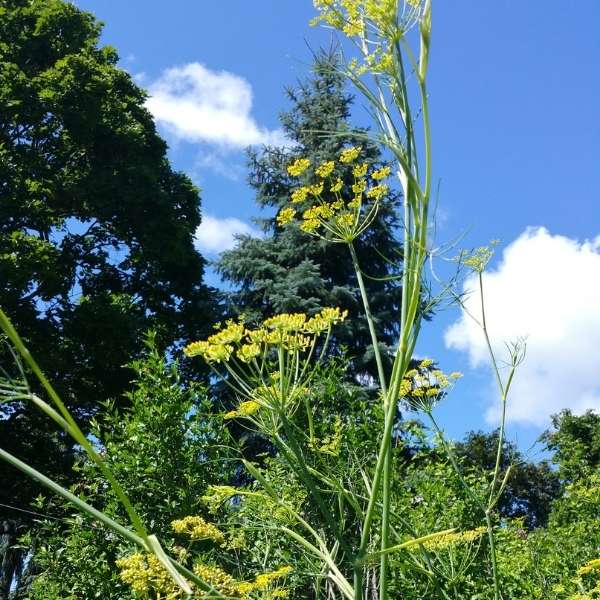
We’d like to maintain accurate and robust plant listings. If you see information that is not correct or that could be added to improve the listing, please let us know. Or if you’d like to suggest a plant to add to our plant guide, you can use this form do so. Thank you!
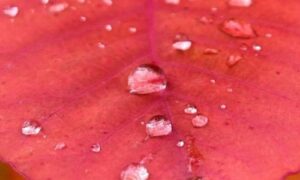
Seattle neighborhoods are full of wildlife and wild things. We’ve compiled a few exercises to help you slow down and appreciate the nature that surrounds you.

Learn about diversifying the way architecture is taught and practiced from designers of color.
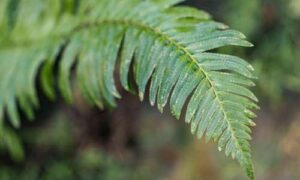
Despite the urban character and the high population density, a surprising diversity of life exists in Capitol Hill. Explore a few physical aspects of our urban ecosystems and meet some of its more-than-human residents.
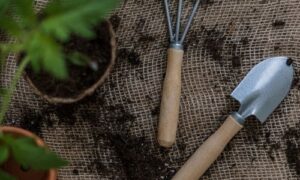
New types of vegetation can attract additional wildlife to an area. You might be surprised how a little green can go a long way!
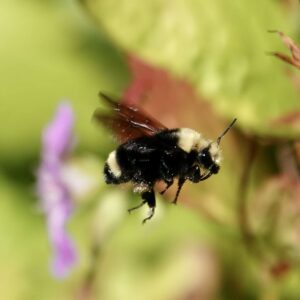
Look closer…and meet the local insects that pollinate the plants around your Seattle neighborhoods. Learn about some of our amazing native pollinating insects.
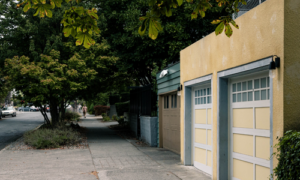
Take a virtual tour of Capitol hill with naturalist and author David B. Williams and gain a new appreciation of the nature of the city and its wild side.
Nature of Your Neighborhood is a collaboration between Birds Connect Seattle, the Capitol Hill EcoDistrict, and the Seattle Bird Conservation Partnership. Our goal is to foster relationships between the people and the nature of their neighborhoods.